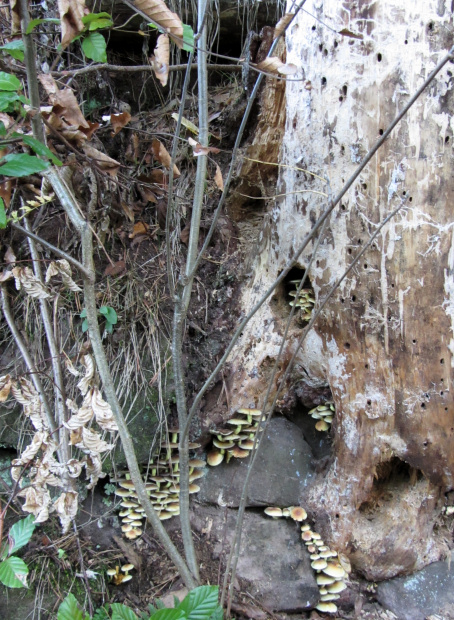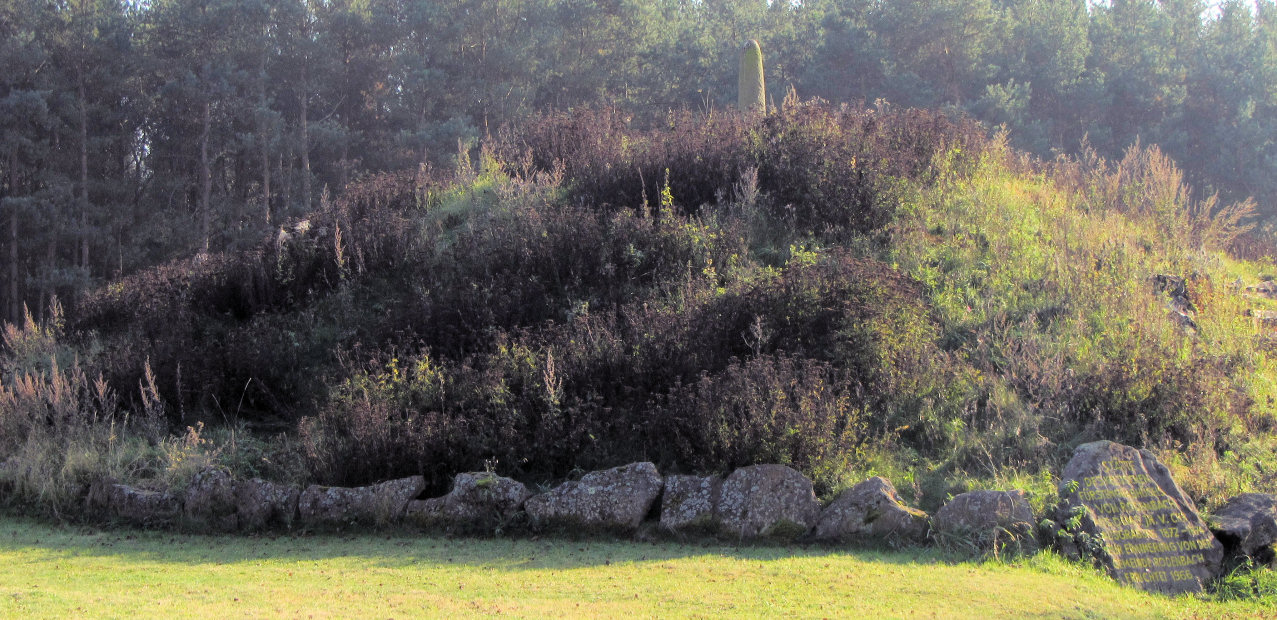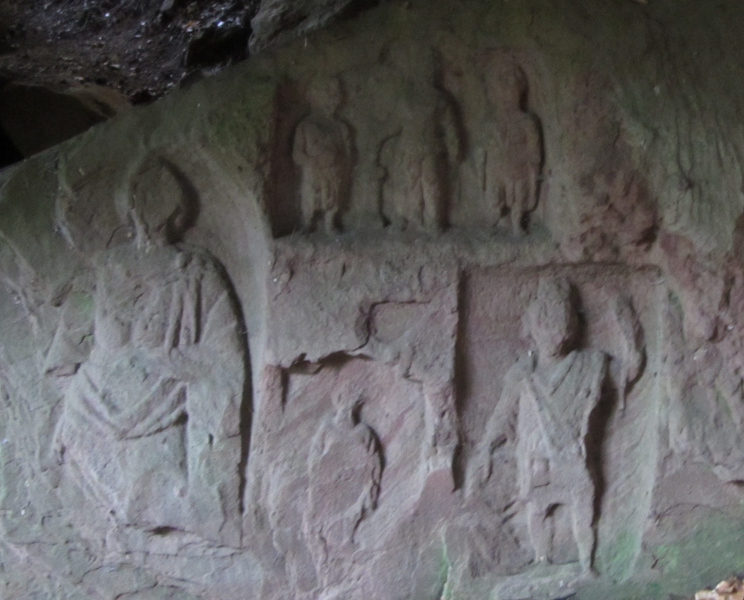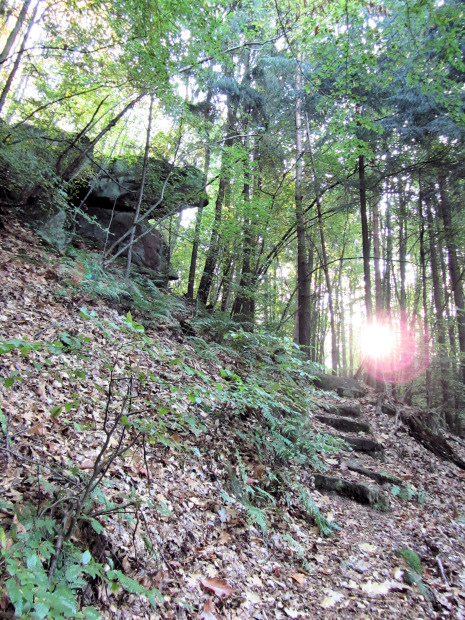
At the end of October, nature is preoccupied with death. Leaves fall, plants decay, and even we modern humans feel a shiver pass down our spines and race out to purchase plastic skulls and polyester costumes–which, sadly, will last long after we have turned to inattentive dust. So it seems fitting to pause here and reflect on mortality. Here’s mortality on a grand scale: the passing of Celtic Germany.

This is the Rodenbach Fürstengrab, a Celtic grave mound just down the road from me. It was built for a man so important that an intricate band of pure gold was put around his wrist when he was a child and apparently never taken off. The culture that produced him dug mines, kept bees, worked iron, stamped coins, practiced elaborate religious rituals, and fought their enemies from war chariots. The German Celtic town of Duensberg covered over 200 acres (90 hectares) and had a system of city walls with forteen gates.
Now all that is left of the Celts in Germany are a few exhibits in museums and some cryptic monuments among the hills. The culture, the language, and the people themselves … all gone. Enslaved by the Romans in 124 BC, they retreated before waves of migrating German tribes until at last they abandoned the continent almost entirely. Today, Celtic culture survives only in the westernmost tips of the westernmost parts of Europe.

Glauberg, Germany, was once a Celtic fortified town. A remarkable statue has been found there: The Glauberg Keltenfürst, an armed warrior more than six feet tall (1.86 m) and already hundreds of years old when the Celts retreated and left him behind. Maybe he was a legendary ruler who was supposed to protect his people from beyond the grave, like the Celtic Arthur, the once and future king. Maybe his people were angry with him for having failed them.
Whatever the reason, evidence suggests that when the Celts abandoned Glauberg, they placed this statue so that he would have to watch them leave. And then they cut off his feet so that he couldn’t come with them.

For more on Celtic Germany, see my post on the Heidenfelsen. To read my latest blog posts, please click on the “Green and Pleasant Land” logo at the top of this page. Photos taken in October, 2011, near Rodenbach and Kindsbach, Germany. Text and photos copyright 2011 by Clare B. Dunkle.
